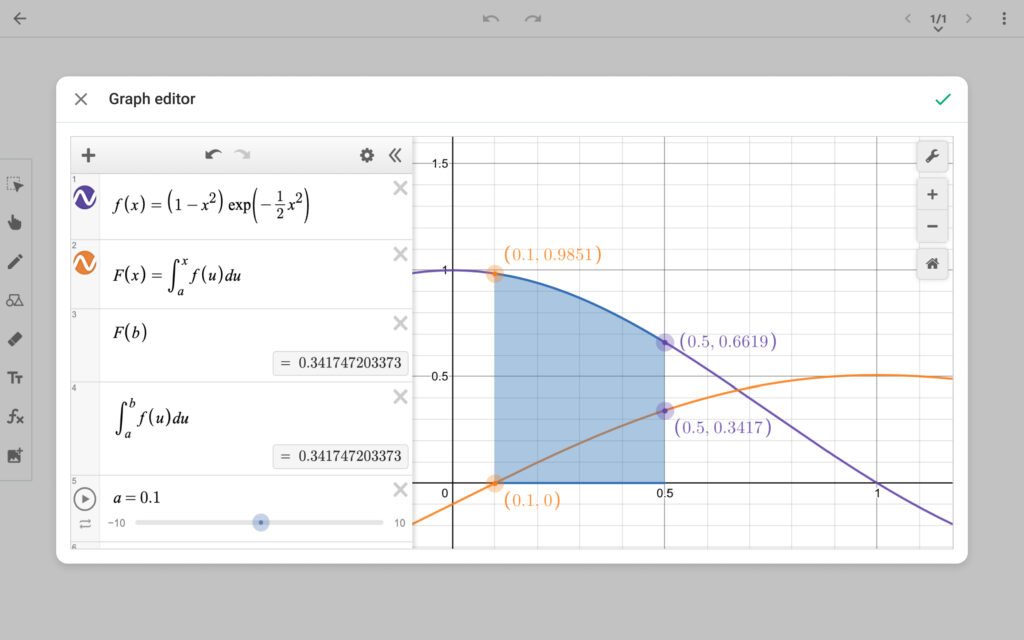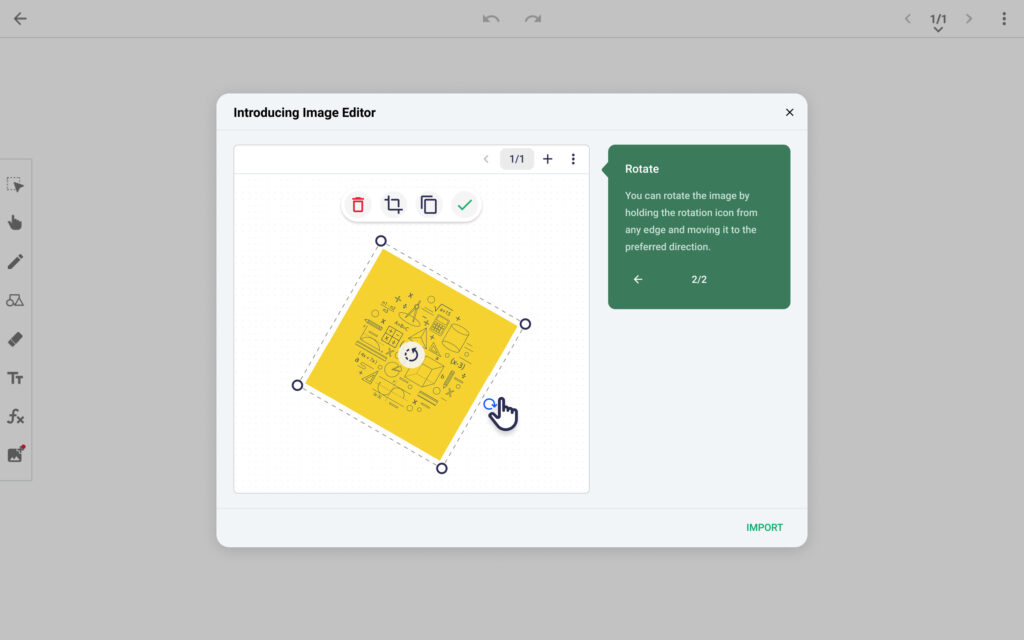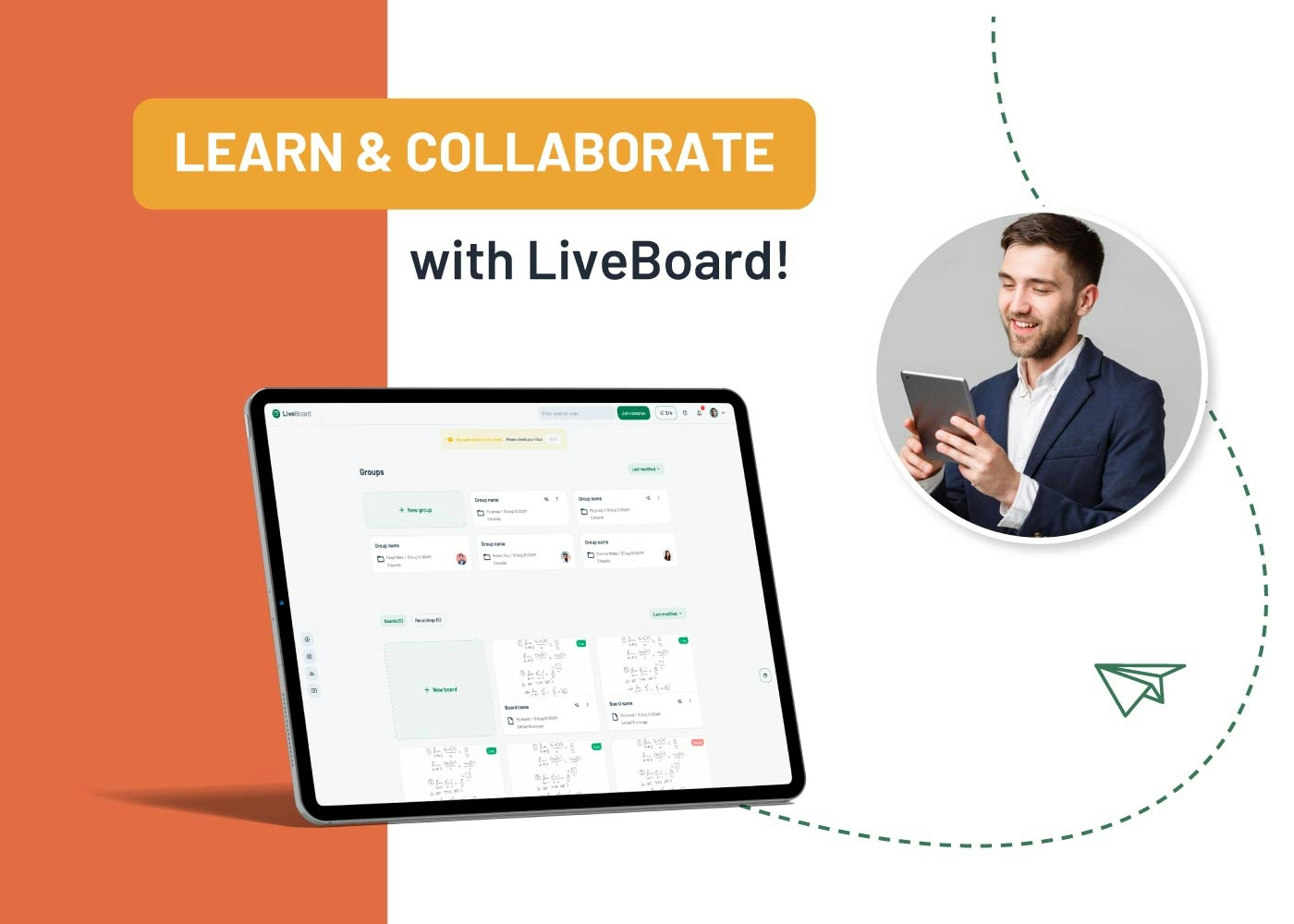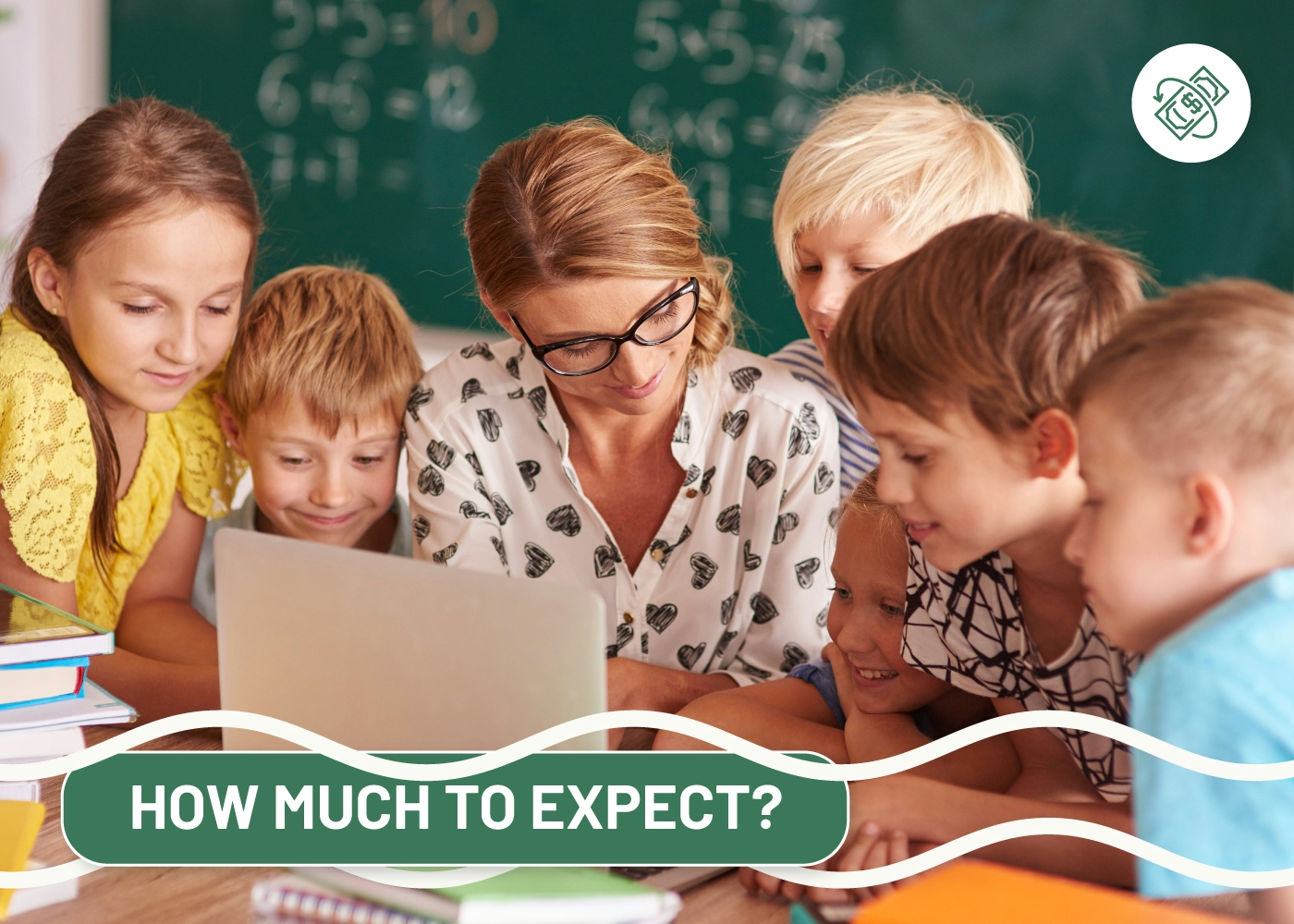Practical learning is the best trampoline for students to a successful future career. After all, what use is theoretical or academic knowledge if you can’t do anything with it?
For those who want to give students the most effective use of theoretical knowledge, it’s essential to make students undergo a practical learning process.
So, what is practical learning, and what is the best approach to it?
In short, it is a type of learning that takes place in the real world by applying the knowledge gained in the classroom. Practical learning is more hands-on, allowing students to apply what they learn in a practical setting. In this article, we’re going to discuss why practical learning is important and what practical learning activities can help you, as a tutor, implement it in your classroom.
Practical Learning Activities Your Students Will Be Thankful For
First, let’s look at some practical learning activities that you can embed in your classroom.
1. Problem-Solving Tasks
These tasks require students to apply what they know to solve a problem. For example, you could give them a scenario and ask them to develop a practical solution.
Pro Tip: If you’re teaching a math-related subject, you need to have your students interact directly with their learning material. As such, LiveBoard will be an essential tool for your needs. LiveBoard allows real-time interactive collaboration on a digital whiteboard. You can use it to create practical tasks for your students to solve as you follow the process, draw and input any shape, and paste formulas with the built-in graph editor.

2. Case Studies
Help your students learn from real-world examples. By analyzing a case study, students can see how they can apply the concepts they’ve learned in the real world.
For example, if you’re teaching a business course, you could give your students a case study on a successful company and have them analyze what made the company successful.
On the other hand, if you’re teaching a history class, you could give your students a case study on an important event in history and have them analyze the causes and effects of the event.
Pro Tip: Once your students have completed their case studies, you can have them present their findings to the class. With LiveBoard, you can grant your students with an access to the digital whiteboard and let them present their analysis, as it also allows users to work with PDF documents and Image files directly.

3. Group Projects
Group projects allow students to work together to complete a task or solve a problem, or even work on the analysis of case studies. This is a great way to encourage teamwork and practical learning. Furthermore, you can assign your student groups to present the material or teach a certain topic to the rest of the class. This will not only increase the grasp of the material, but they will also have the chance to learn from one another and work collaboratively to apply their knowledge to given tasks.
Pro Tip: If you want to test an effective tool for group tutoring and practical group work, LiveBoard’s Pro package is your must-have tool. It allows connecting as many students to a single board as you wish and encourages group collaboration on the same task. No credit card information is required to try the platform for free first. So, give new breathing to your teaching style with LiveBoard now!
4. Simulations and In-Class Activities
Simulations are tasks or games that allow students to experience a real-world scenario. For example, you could create a simulation of a business meeting or a court case. Such scenarios can be simulated directly in the classroom.
Implementing the Socratic method is one way to add up to the overall experience and effectiveness. Furthermore, you can increase rigor in the Math classroom, eventually leading your students to apply their knowledge to the problems at hand.
5. Field Trips
During field trips, students can see practical applications of what they’re learning in the real world. Field trips can be to businesses, factories, or other places where practical skills are used.
Why Practical Learning Is Important

Critical And Creative Thinking
Practical skills help people learn how to think critically and creatively to solve real-world problems and complete tasks much more efficiently. It allows them to be resourceful and to develop practical solutions.
Improved Grasp
Practical learning can help students develop a better understanding of the subject matter. When practical learning is combined with theoretical knowledge, it can help students better retain the information and have a deeper grasp of it.
Application In The Real World
One of the essential benefits of practical learning is that it helps prepare students for the real world. They will be required to apply what they know to solve problems and complete tasks in the real world. Through practical learning, they can learn how to do this effectively.
Fostered Memory
Practical learning helps students remember what they learned much better. This is because practical learning engages more than just the cognitive process – it also engages the emotions and senses.
Improved Job Prospects
Practical skills are essential in the workplace to be successful. Because practical learning allows students to apply what they learn to their jobs, it also gives them an edge in the job market. Students who have practical experience are more likely to be hired than those without.
More Interest to Learn
When students see the practical applications of what they’re learning, it can help them become more interested in the subject. This is because they can see how what they’re learning can be used in their everyday lives.
Wrapping Up
Incorporating practical learning activities into your classroom can help your students learn more effectively and prepare them for the real world. So, if your teaching plan does not include practical activities yet, hurry up to fill in the gap!


